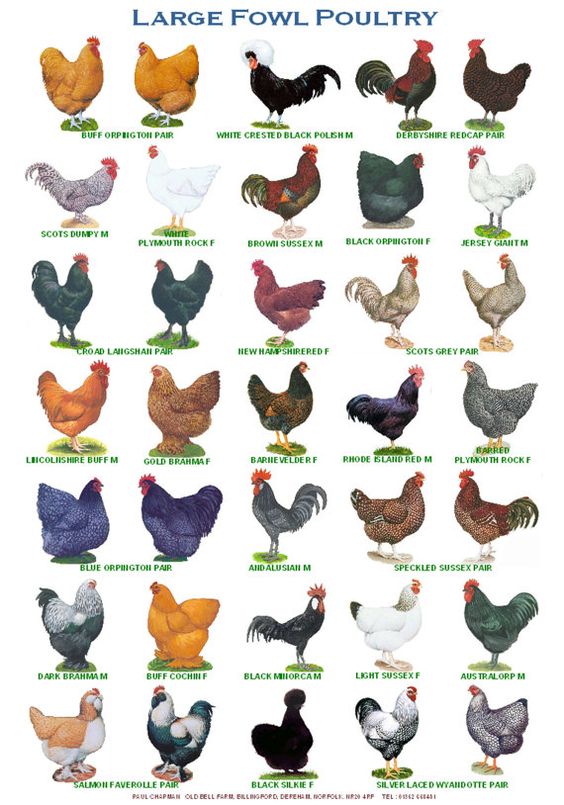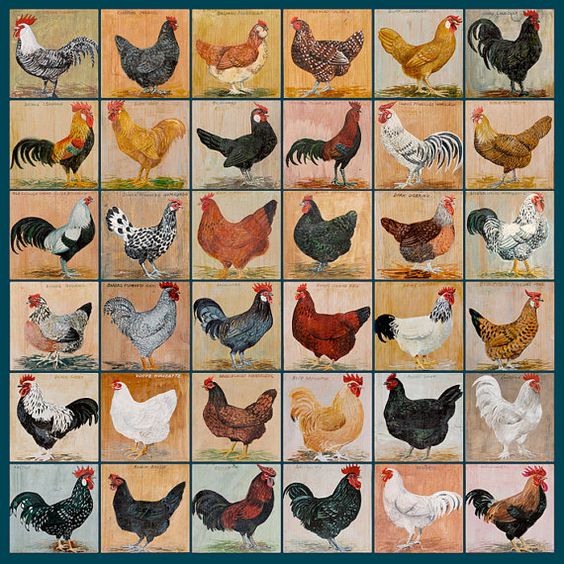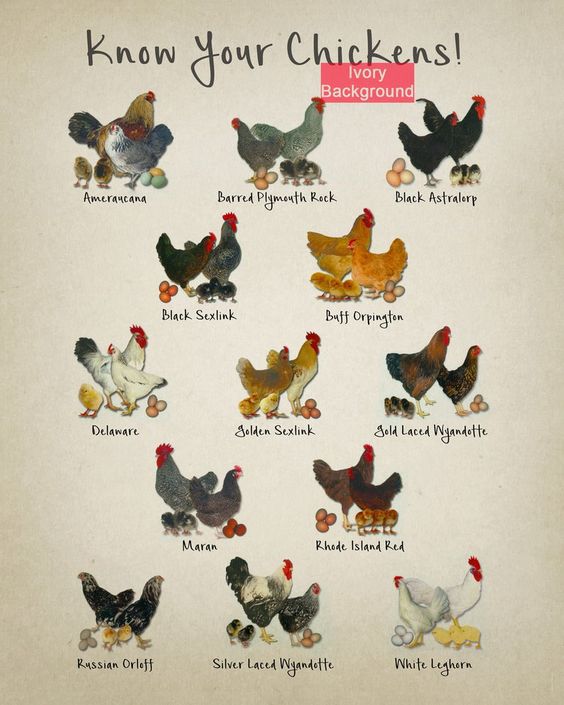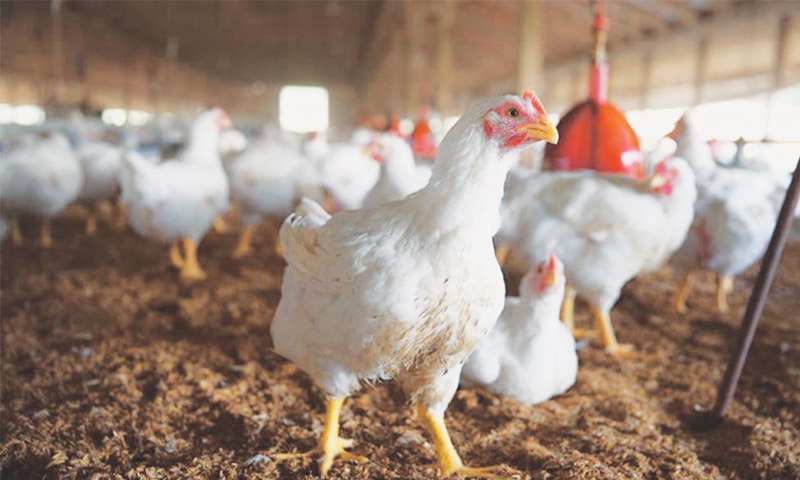ghazi52
PDF THINK TANK: ANALYST

- Joined
- Mar 21, 2007
- Messages
- 101,792
- Reaction score
- 106
- Country
- Location
Poultry Farming
RURAL POULTRY FARMING
Since long time ago, People used to raise hens for meat and eggs purpose at their homes. Prior to 1963 the native breed "Desi" was mainly raised in Pakistan with maximum production of 73 eggs per year under local conditions. Increase in nutritional demand of people has led to induction of various breeds in our farming system. Now a days RIR, Fayoumi, LSB and cross breeds are more commonly being reared due to increased egg production (200-250 eggs per annum).
BROILER FARMING
Broiler is the chicken which is kept for meat purpose. It is a tender meat chicken which grows from hatch weight of 40 grams to adult weight of 1.5kg to 2 kg in 6 weeks after consuming about 3.5 kg of feed. The demand of broiler consumption is increasing day by day in a fast pace. Hubbard, Cobb, Ross, Arboracre, Starbro are common broiler breeds being reared. Broiler today has emerged as one of the fastest growing poultry segment due to increased acceptance of its meat in rural and urban areas.
LAYER FARMING
Layer poultry farming means raising egg laying poultry birds for the purpose of commercial egg production. They start laying eggs commercially from 18-19 weeks of age. They remain laying eggs continuously till their 72-78 weeks of age. They can produce about 300 eggs in a year. There are various types of highly egg productive layer breeds available throughout the world which include Hysex, Hyline, LSL, Novagen and Nick Chick.
RURAL POULTRY FARMING
Since long time ago, People used to raise hens for meat and eggs purpose at their homes. Prior to 1963 the native breed "Desi" was mainly raised in Pakistan with maximum production of 73 eggs per year under local conditions. Increase in nutritional demand of people has led to induction of various breeds in our farming system. Now a days RIR, Fayoumi, LSB and cross breeds are more commonly being reared due to increased egg production (200-250 eggs per annum).
BROILER FARMING
Broiler is the chicken which is kept for meat purpose. It is a tender meat chicken which grows from hatch weight of 40 grams to adult weight of 1.5kg to 2 kg in 6 weeks after consuming about 3.5 kg of feed. The demand of broiler consumption is increasing day by day in a fast pace. Hubbard, Cobb, Ross, Arboracre, Starbro are common broiler breeds being reared. Broiler today has emerged as one of the fastest growing poultry segment due to increased acceptance of its meat in rural and urban areas.
LAYER FARMING
Layer poultry farming means raising egg laying poultry birds for the purpose of commercial egg production. They start laying eggs commercially from 18-19 weeks of age. They remain laying eggs continuously till their 72-78 weeks of age. They can produce about 300 eggs in a year. There are various types of highly egg productive layer breeds available throughout the world which include Hysex, Hyline, LSL, Novagen and Nick Chick.








